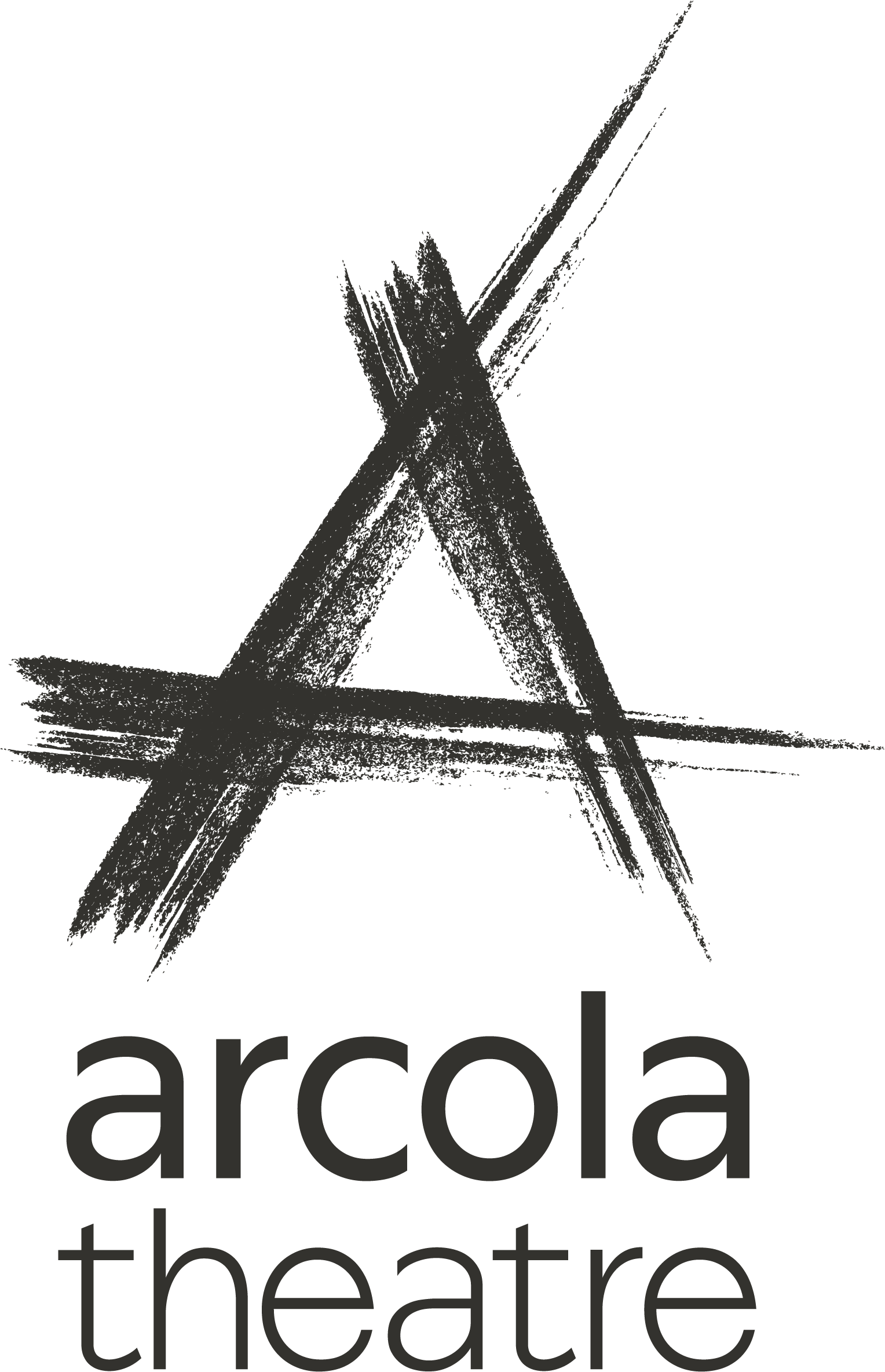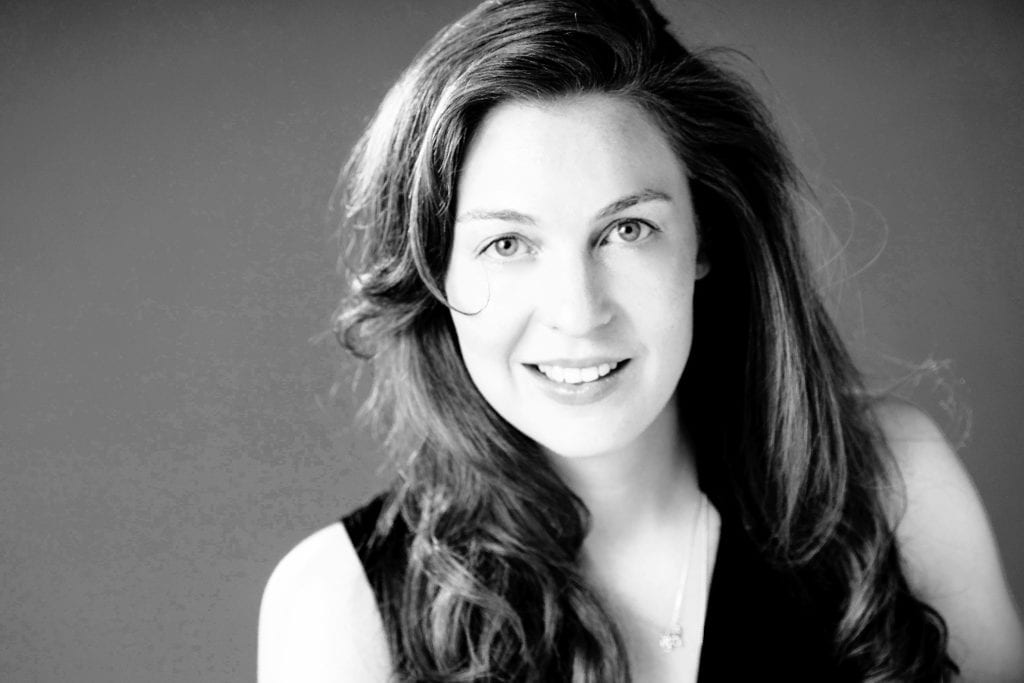Following her acclaimed Grimeborn productions of Madama Butterfly and Tosca, director Julia Burbach now prepares to turn the lens of Benjamin Britten‘s The Rape of Lucretia on the representation of women from ancient myths to the #MeToo movement. Here, she tells us more about what to expect from her latest production and one of the centrepieces of our 2018 summer opera festival.
I think the most important thing for me is always to empower the protagonist and attempt to establish an honest, layered and psychologically sound character study of everybody. I aim to find a perspective or framework for a production that allows me to open doors to the viewer that might previously have been concealed to an audience watching the same opera. It’s a bit like an archaeological adventure. What else resides within the music, the text, the silences between the lines? What can be interesting to us and emotionally strong to emote with?
We were looking for a piece that is suitable for the Arcola as a venue and for a diverse audience, of regular opera-goers as well as those new to the art form. The Arcola has not done Britten for a while and everybody agreed that the intimacy of the space would be ideal to tell this intense story. It allows the audience to be very forensic and right in the action, something I’m using to our advantage in the staging. The audience is very much part of the show. Another defining factor was that the original orchestration is set for 12 players, which just about allows us to do it how it was intended. (It will be a bit of a squeeze.) It’s fantastic to be able to do something in its full form. When we had decided on the piece, the ‘Me Too’ movement had not yet taken place and while the subject matter of the piece had of course interested me before, my concept shifted and I was inspired to tell the story in a different more radical way.
The story is centred around a strong female protagonist and two very important narrators. The relationship between them all, not to neglect the audience who is being addressed regularly by the chorus, makes for an interesting construct that invites a director to get very creative and find a particular narrative strand through it. I think there are always many stories to tell within a story; you get to choose one to highlight and lift out of a piece.
I think the piece is a great challenge for a director, it’s complex in its structure of constantly dipping in and out of different narrative forms; once the chorus addresses the audience and then we are back in the real story immediately and so on. The switching is constant. I will very much highlight those different narrative forms. It’s like a game; you introduce an audience to the rules of a complex story and then when they think they know where it’s going, you break the rules and introduce new ones. I always like to challenge not only myself and my team but also the audience. I think audiences enjoy themselves more when they get to be actively challenged, surprised, emotionally moved and invited to question and discuss the topics we explore. I want them to feel that they are active participants in a show, particularly in this production. After all the process of viewing and being viewed is something that has always played an important part in society. The next step to think about would be, how normal the passive viewing of violent acts has become? How do we feel about that as a society? How do we feel about voyeurism? Does our attitude change when the viewed object is unaware of the viewer? All these relationship are interesting topics to explore.
I don’t see big problems of re-imagining classics for modern audiences at all, as long as stories are told in a way that allows the audience to relate truthfully with the emotional journey of the characters. Of course there are changes and shifts of focus you can put in place into a classic that can help this accessibility. For example in my production of Madama Butterfly, I turned her into a ghost, this allowed her to be more knowing, empowered and active as a character. I think this switch made it easier for a modern audience to relate to her. I know I did. Usually, Butterflies are pretty, little, silent, suffering things. That was not a story I wanted to tell or a character I wanted to create. I am planning on doing something similarly radical with Lucretia; create a character whose actions I can understand and hopefully that will make her more accessible to a modern audience too. The core human stories told have not changed and neither have people deep down. I just staged a Händel in an old factory building in Berlin, opera-newcomers, drag-queens more at home in the club scene, and regular opera goers of all ages, all enjoyed the same evening sitting side by side.
Grimeborn is another great example for classics and opera being a good evening out for diverse audiences. There is nothing more exciting or rewarding than to be approached by a total newcomer who comes to you and says, “that was my first opera and it was so fantastic.” Humans respond to music and good stories, so everybody is potentially in reach. Of course there might be something you don’t like. I certainly don’t like all operas I see or hear. I would say, just go again and try another one. After all you don’t stop going to cinema just because you did not like one particular film.
The audience can expect to be a seduced by stunning music, moved and challenged by a variety of interesting characters and lured into a story and then surprised and confronted when they least expect it. With any luck they might even leave, thinking about how we consume content as a society. They can certainly expect the opera being told from an unusual angle with a little food for thought to spare.
The Rape of Lucretia plays at Arcola as part of Grimeborn from 24 July – 4 August 2018. Tickets are available now.


